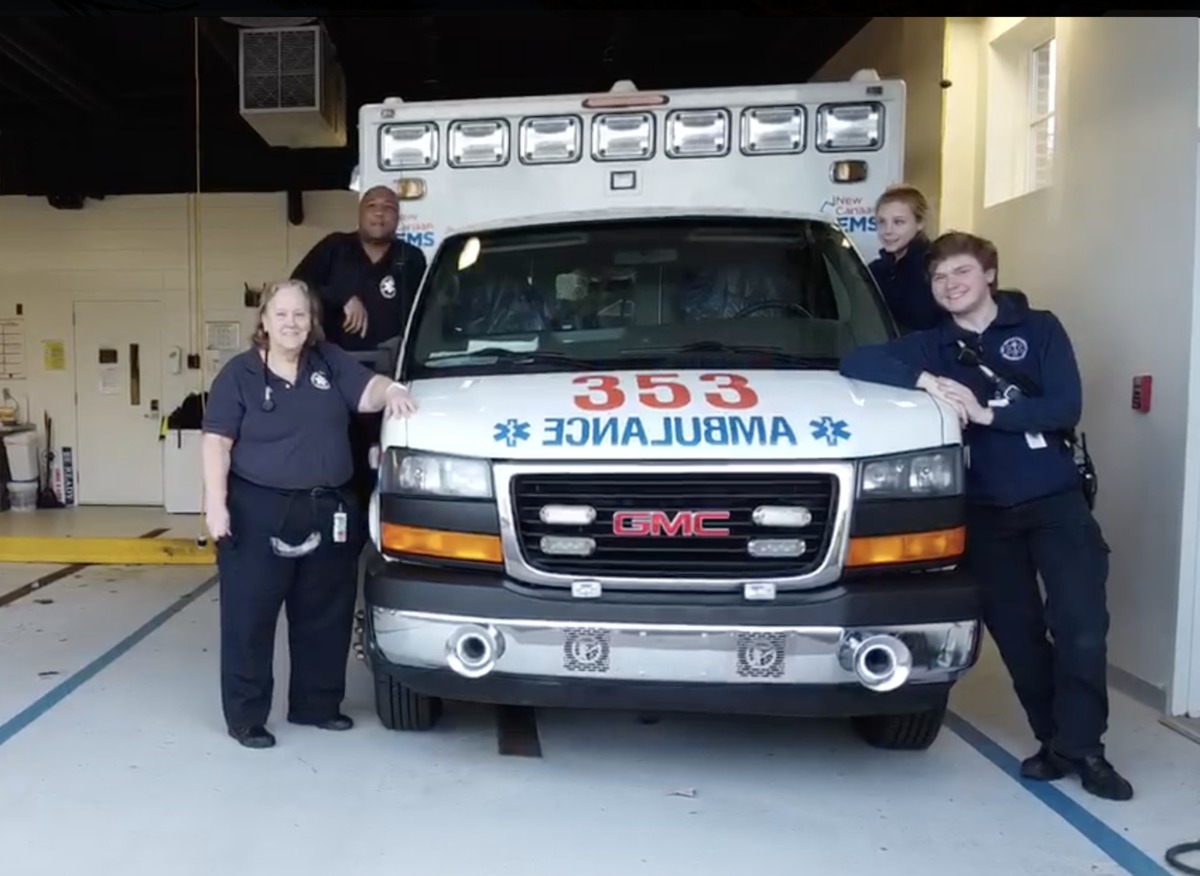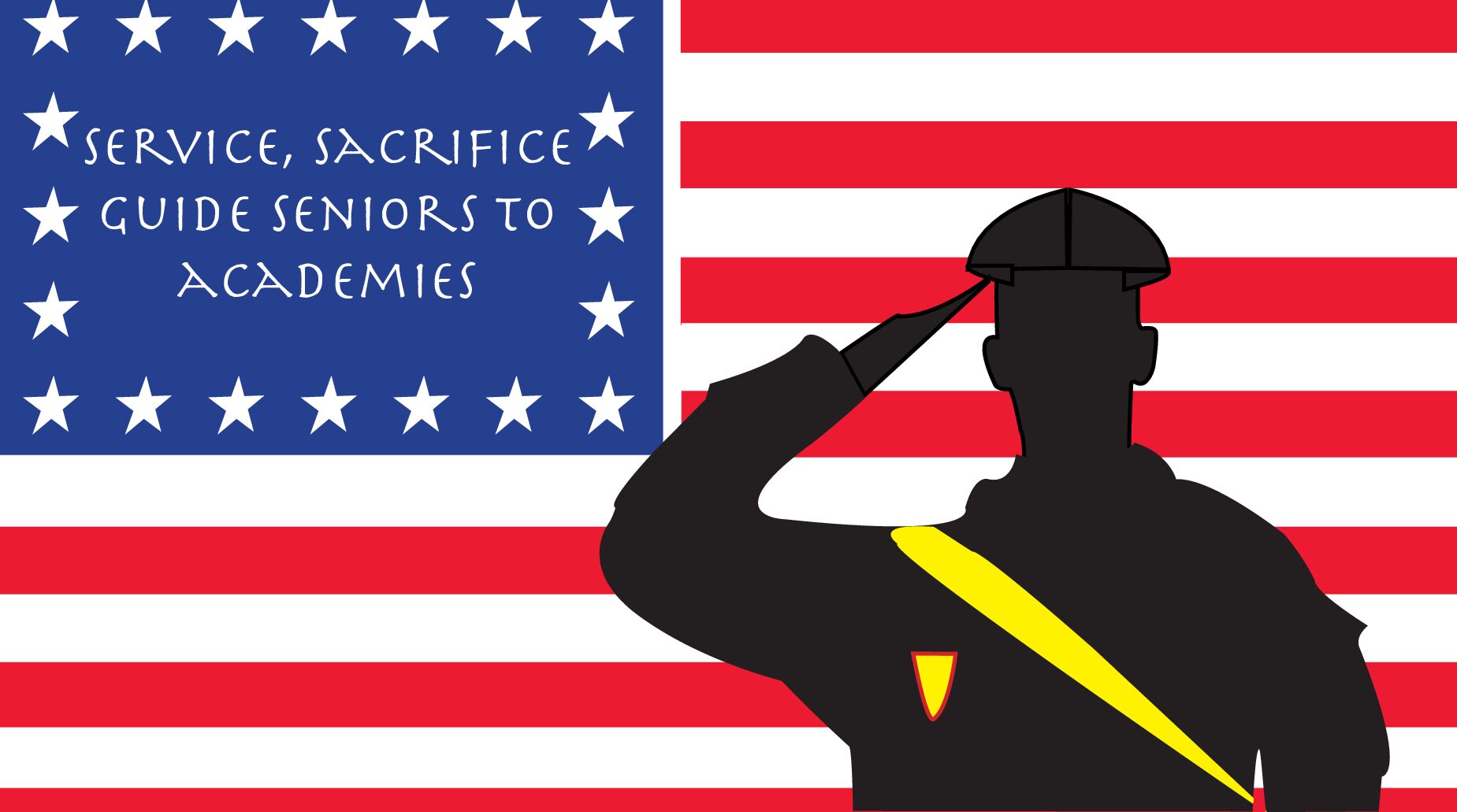Olivia West, Editor
@oliviawcourant
While being an EMT was never easy, the risks of coronavirus have brought a new wave of precaution and difficulties to the job. Peter Mason, a senior, knows firsthand the struggles and triumphs that being an EMT brings. He also provides a unique perspective into being a student EMT, as well as all the changes that the global pandemic has forced upon them.
Olivia West: Why did you first become an EMT?
Peter Mason: I actually decided I wanted to try it out all the way back in 5th grade. My two teachers at the time, Ms. Moore and Ms. Clay, were both EMTs and I remember them taking us on a field trip to headquarters. I thought it looked like a pretty cool thing to do so I decided I would sign up for the class when I was old enough.
OW: What was the process like for becoming an EMT?
PM: I started the EMT course in the second half of my sophomore year and it lasted for a few months. We met 2 times a week in town and sometimes had Saturday lessons for more hands-on activities. After the class itself was over we had to pass the final exam for the class before we could go and take the certification test. Since I was 16 at the time, I wasn’t actually allowed to be nationally certified. Instead, I could be certified at the state level only. However the testing was exactly the same: I had to do some practical exams to show I knew the hands-on activities before the written exam. After passing both, I had to submit an application to the CT office of EMS. After waiting for almost a month, I finally got my certification and applied to join New Canaan EMS. From there, I was a certified EMT but had to go through the town ‘probationary member program.’ During that program, I rode on the ambulance and acted as an EMT, but with another EMT as a supervisor. After a few months of that, I was voted in as a member, and finally went active.

OW: What are the differences between working as an EMT under normal circumstances versus during this global pandemic? Are there certain precautions that you have to take to ensure safety?
PM: The pandemic has made us change a lot of what we do. The most obvious change is our use of our protective gear (PPE). Normally we only wear a pair of gloves when going on scene for our own safety, but that has now been upgraded to include a mask as well. Before every call we go on, 911 asks the caller a few questions to see if they are suspicious of Covid-19. If they or we think the patient is suspicious of coronavirus, we now get fully dressed up in goggles, masks, gowns, and gloves. We even get a mask for the patient. We’ve also been a lot stricter when it comes to our cleaning of the ambulance. We now do a complete decontamination of the ambulance if we have a potential Covid-19 patient. That means we spray everything down with a viricide and clean ourselves as well. We’re all also required to wear some kind of mask while at headquarters so we don’t spread it to one another in case someone has it. Overall, we’re generally just being a lot more cautious with protective equipment, even more than we used to be.
OW: How are you balancing your e-learning schedule with working as an EMT? Is it any different than when you would work as an EMT when schools were open?
PM: I typically ride 1-2 shifts a week, so it honestly hasn’t been hard to balance EMS with e-learning. I ride on Tuesday nights from 6 pm to 6 am, so I get to sleep or get school work done whenever we’re not out on a call. I actually find it’s a little easier now that we’re doing e-learning just because I get to sleep in a little bit more when my shift ends.
OW: What’s the most difficult part of being an EMT?
PM: For me, I would have to say that the hardest part would have to be getting up late at night or early in the morning and having to think straight and quickly.
OW: Is there anything that non-EMT workers can do that would make your job easier?
PM: For now, please continue to follow social distancing and limit interactions with other people. I know this quarantine isn’t ideal- trust me I’m not enjoying it either- but the virus is a serious issue that will affect all of us.
OW: Do you plan on continuing to work as an EMT after high school?
PM: Yes, I do plan on continuing with EMS. The school I’m going to has an EMS club that I plan on joining and I hope to continue with it as a part time thing from then on.
OW: Do you have any advice for those considering becoming EMTs?
PM: I would recommend anybody who’s interested to give it a try. It’s not as hard as many people think it is, as long as you’re okay with seeing sick people and blood. It’s a really rewarding experience and I hope more people give it a try. Also, while in class, it’s always a good idea to get to know the instructors well. They’re usually paramedics and there’s a good chance you’ll see them out in the field or ride with them.




